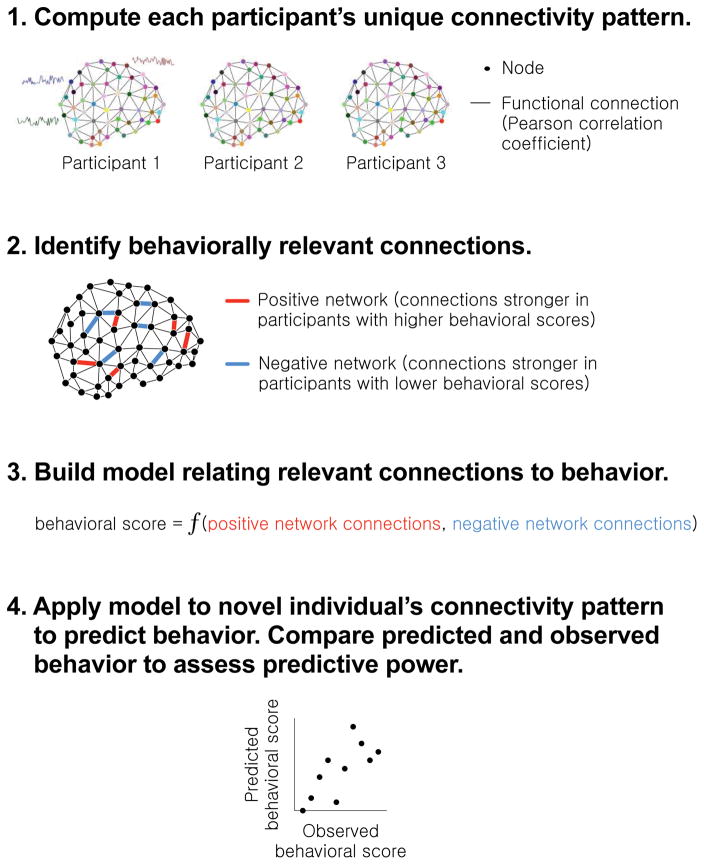Figure 1. Connectome-based predictive modeling.
The connectome-based predictive modeling (CPM) approach identifies functional connectivity networks that are related to behavior, and measures strength in these networks within previously unseen individuals to make predictions about their behavior [65–67]. First, every participant’s whole-brain connectivity pattern is calculated by correlating the fMRI activity timecourses of every pair of regions, or nodes, in a brain atlas. Next, behaviorally relevant connections are identified by correlating every connection in the brain with behavior across subjects. Connections that are most strongly related to behavior in the positive and negative directions are retained for model building. A linear model relates each individual’s positive network strength (i.e., the sum of the connections in their positive network) and negative network strength (i.e., the sum of the connections in their negative network) to their behavioral score. The model is then applied to a novel individual’s connectivity data to generate a behavioral prediction. Predictive power is assessed by correlating predicted and observed behavioral scores across the group.

